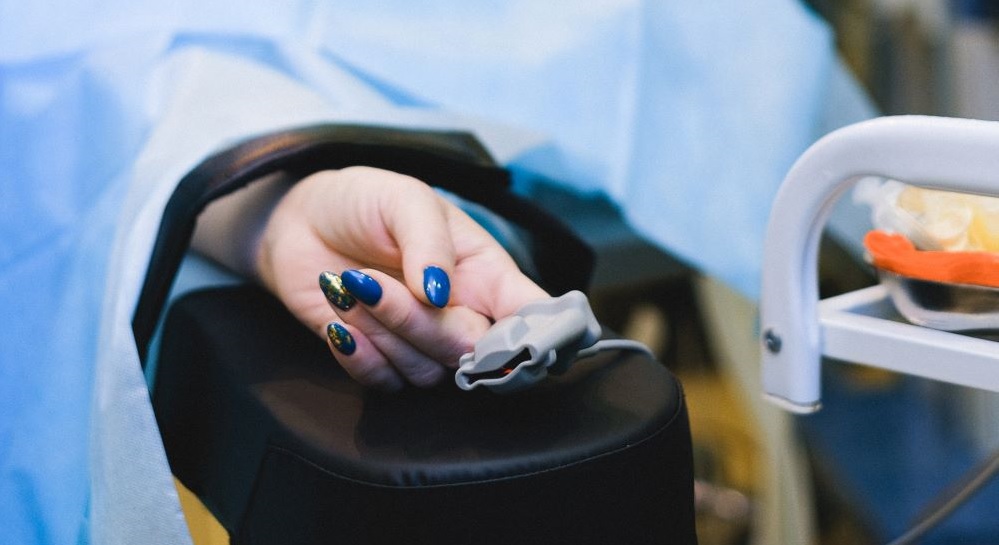Teens are not getting proper ER treatment for opioid use.
A severe shortage of healthcare resources has been made clear by the frightening increase in teen opioid overdoses. Denver Health has significantly contributed to closing this gap and offering better options by opening what is considered the nation’s first inpatient detox program for teenagers.
Giving naloxone to kids who overdose on opioids and end up in emergency rooms is the first step in reversing the drug’s effects. They are then given a list of facilities for further medical attention. Unfortunately, many of these teenagers abandon their plans after being forced to deal with excruciating withdrawal symptoms. As a result, people frequently resume using opioids, which may have catastrophic consequences.
Denver Health sought precedents to address this urgent need, but none were discovered. Christian Thurstone, Director of Behavioral Health Services at Denver Health, said, “For the two decades I’ve worked in adolescent substance treatment here in Denver, there hasn’t been a clear place to send someone for adolescent detox.” Tragically, over the past two years, six of his teen patients have died from fentanyl overdoses.
Researchers from Oregon Health & Science University found that just 63 of the 160 teen addiction treatment facilities in the United States permitted patients to undergo detox. What’s more alarming is that only 18 of these facilities provided buprenorphine, a drug that has been FDA-approved for treating opioid problems in patients who are 16 years old and older.

Yale University resident in emergency medicine, Dr. Caroline King, offered her thoughts on the depressing results, saying, “It’s almost inhumane. Many locations do not even offer anti-nausea medication. Sometimes, they provide fluids like Gatorade.”
The American Society of Addiction Medicine plans to update its recommendations for treating adults and children with opioid use disorders. Concerns about the broad effects of opioids on younger populations are growing, which is why this adjustment was made. Leading the pediatric study, Dr. Sandra Gomez-Luna, emphasized that teens typically had a shorter history of drug use and fewer problems from persistent use.
They may exhibit different physiological reactions to addiction than long-term adult users. However, the rise in fentanyl, a potent opioid, casts doubt on this viewpoint. The recent increase in the use of this powerful substance is changing how people talk about treatment and highlighting how urgent it is to revise the rules to match the changing danger it poses to young people. The adjustments are anticipated to consider these new issues and clarify better ways to handle the impacted adolescent group.
The difficulties in building specialized institutions in terms of money and workforce were addressed by Scott Hadland from Mass General for Children and Harvard Medical School. A shortage of professionals and understanding in pediatric settings makes the situation more challenging.
Hope is offered via Denver Health’s effort. They now provide medication-assisted therapy, including buprenorphine and cognitive behavioral therapy, by repurposing beds from a psychiatric ward. A continuum of care, from detox through community-based addiction programs, is what is intended.
We should aim for more than just an ER visit and a resource list, as Thurstone so eloquently states. Our young people merit better.
Sources:
Teens with addiction are often left to detox without medication
Trends and Characteristics of Heroin Overdoses in Maryland (2007–2017)


Join the conversation!